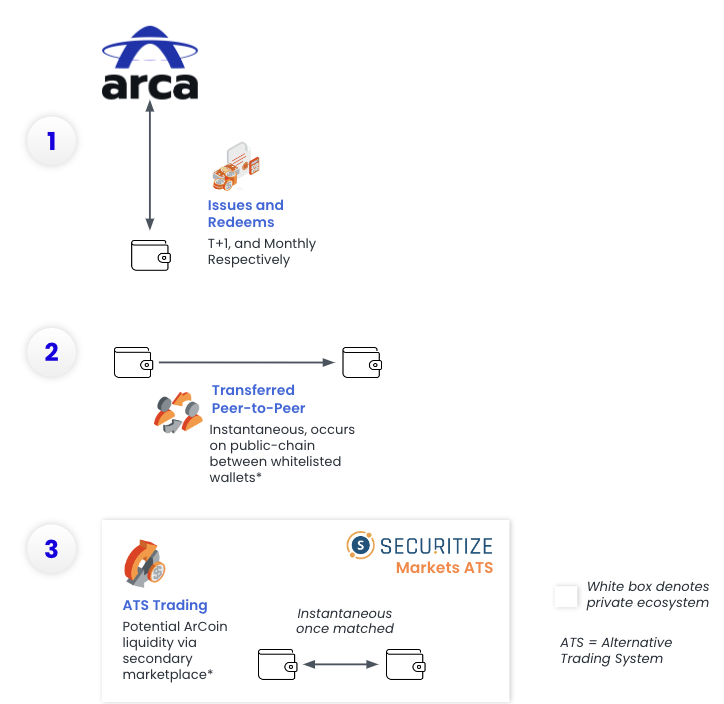Research Summary
The report discusses the evolution of decentralized networks and the role of Symbiotic, a new shared security system. It highlights the challenges of recruiting validators and capital for new chains and how Symbiotic can help overcome these hurdles. The report also mentions the collaboration between Paradigm and Lido, Ethereum’s largest liquid staking token.
Key Takeaways
Evolution of Decentralized Networks
- Proof of Work to Proof of Stake: The report discusses the evolution of decentralized networks, starting with Proof of Work and later evolving to Proof of Stake. This development allowed networks to source validator security through economic collateral.
- Shared Security: The next frontier in decentralized networks is shared security, which expands the services node operators in Proof of Stake can provide while using the same underlying economic collateral.
Introduction of Symbiotic
- Generalized, Permissionless Protocol: Symbiotic is a new shared security system designed as a thin coordination layer that is flexible, permissionless, and reliable. It allows network developers to have complete control over their (re)staking implementation and operator set.
- Long-term Goal: The long-term goal of Symbiotic is to provide primitives that help networks navigate the roadmap to decentralization while prioritizing safety and capital efficiency.
Collaboration with Lido
- Partnership with Lido: Paradigm began collaborating with Lido protocol contributors in 2021. Since then, Lido has grown from ~$800M to over $36B in staked ETH deposits and fostered a robust ecosystem of node operators.
- Role of Lido: Lido, Ethereum’s largest liquid staking token, was founded on the insight that separating staking capital from validator infrastructure is possible without modifying Ethereum’s consensus. This separation enabled Proof of Stake to scale on Ethereum without compromising decentralization.
Use Cases of Symbiotic
- Bootstrapping New Consensus Instances: The report suggests that the clearest and safest use case of shared delegated proof of stake security is for bootstrapping new consensus instances such as electing the operators of new L1s, decentralized sequencing, distributed auctions, and MPC and Threshold Decryption networks.
- Long-term Use Cases: In the long term, Symbiotic could be used for L1 block production use cases, such as new types of MEV auctions, preconfirmations, and based sequencing. However, these use cases may take longer to develop and may pose more direct security risks to Ethereum L1.
Actionable Insights
- Exploring Symbiotic’s Potential: Given its flexibility and permissionless nature, Symbiotic could be a valuable tool for developers looking to build decentralized networks. Its ability to provide shared security could help overcome the challenges of recruiting validators and capital for new chains.
- Understanding the Role of Shared Security: Shared security is the next frontier in decentralized networks. Understanding its role and potential applications could be crucial for those involved in the development or investment in decentralized networks.
- Monitoring the Evolution of Decentralized Networks: The evolution from Proof of Work to Proof of Stake and now to shared security highlights the rapid changes in decentralized networks. Keeping abreast of these developments could provide valuable insights for future strategies and investments.













